Train-blazing in Japan: Which Kansai pass is the best for you?
If you're heading to the Kansai region in Japan—which includes popular cities like Osaka and Kyoto, alongside other gems like Kobe and Nara—one of the most puzzling scenarios that you'll encounter while planning is which transport pass to get.
Transport passes enable one to use trains, and sometimes even buses, for unlimited times during the validity of the pass. They’re usually just available for foreign tourists. Holding one of these passes means that you can ride as often as you want in all applicable transport options without having to worry about extra costs.
The region, however, has more than half a dozen available transport passes for foreigners, and this can become confusing because the area has both the previously state-owned JR trains and the private railways. Most passes cannot be used freely on all available trains.
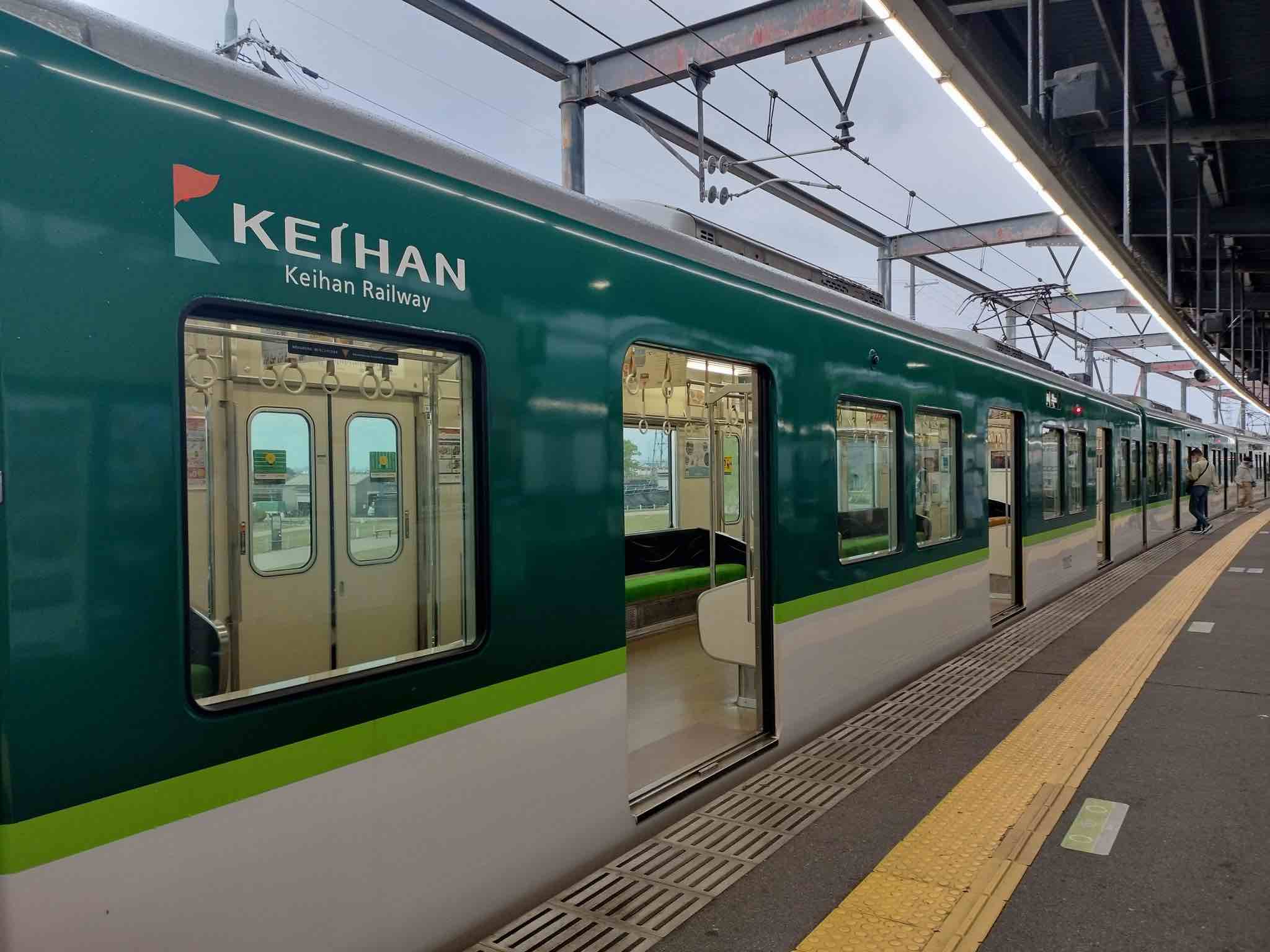
One of the things I always notice whenever I try to decide which pass to get in Kansai is that area passes are not as great value for money as other regional passes in Japan.
As an example, the JR Northern Kyushu regional pass is worth 10,000 yen (P4,300) and can be used on all JR trains in the Fukuoka area for five consecutive days. When I used this pass in 2018, I was able to successfully accumulate 32,000 yen (P13,000) worth of rides, as the pass allowed the use of bullet trains on one important route. Bullet trains are the fastest mode of transportation in Japan and are extremely pricey.
Most, if not all Kansai passes do not allow travel on the bullet trains. At best, you may be able to ride what they call the limited express trains, which stop at fewer stations than the local trains.
Before you buy any transport pass for Kansai, do remember that the major cities in the region are so close to each other that they can be done conveniently even without a pass.
You can use a local train and you can be at your destination in about an hour. To illustrate, the Osaka to Kyoto route in the private Hankyu railway is just 410 yen (P169) one way in 2023. Even though I have not even disclosed the current prices for the passes, you can already see that the regular one-way fare is very affordable.
Not having a pass actually gives you the flexibility to mix and match, and just jump into both JR trains and the private railways, whichever is convenient and available.
The most common Kansai passes
Let's now take a look at the most common passes in Kansai starting with the JR Kansai Pass. This pass allows you to travel on all the JR trains, whether they’re local or limited express. One advantage of JR trains is that they tend to be faster than private railways. This makes traveling to every big city or town in Kansai a breeze as JR trains connect all of them.
The 3-day Kansai area pass at present costs 5,600 yen (P2,300), and this needs to be used on consecutive days. If you compare, though, a single ticket from Osaka to Kyoto is just 570 yen (P234) and from Osaka to Kobe is just 410 yen (P169) on the JR trains that take less than an hour.
For day-tripping to different cities near Osaka, it's difficult to make a JR pass pay off unless you do two cities in one day, which can be tiring.
Another important aspect when purchasing a JR Kansai Pass is that it does not usually take you directly to the tourist attraction you want to visit. This is most apparent in Kyoto, where for instance, if you want to visit the famous Arashiyama bamboo grove, having a JR Kansai Pass would be less convenient than the private railways because it would require another ride (often times with extra costs) to actually reach the site.
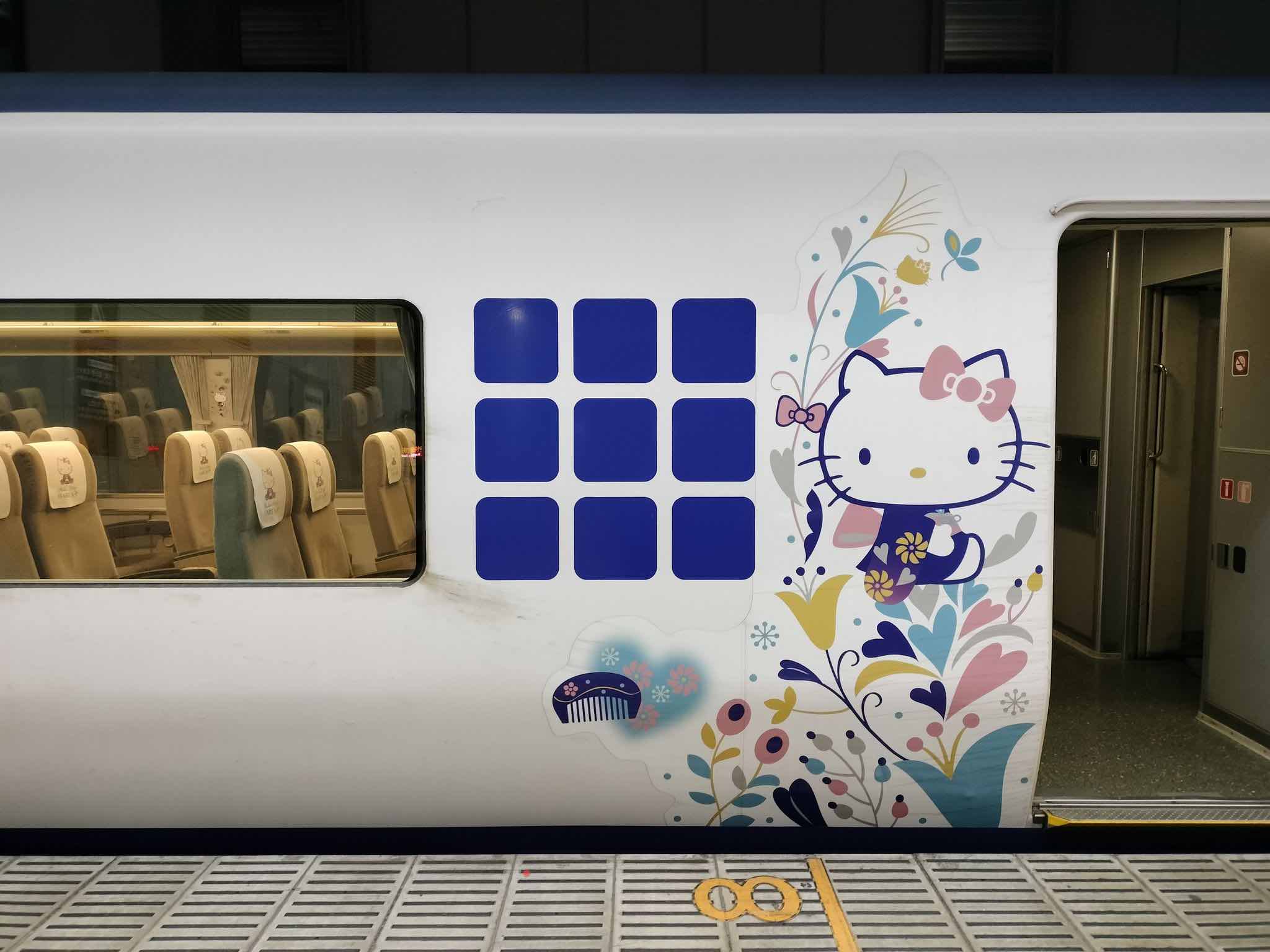
For the private railways, one of the most popular options is the Kansai Thru Pass and this is what I purchased on my last trip.
Priced identically as the JR Kansai Pass (5,600 yen/P2,300), the 3-day Kansai Thru Pass allows unlimited use of the private railways on non-consecutive days. It permits unlimited rides on the subways, too, which tend to be relatively expensive in relation to distance traveled.
Of course, the Kansai Thru Pass does not allow usage of JR trains, but it covers a denser network and allows you to be dropped really close to the actual attraction you're visiting, instead of just the major transport hubs, some of which can be inconveniently located.
The non-consecutive feature of the Kansai Thru pass is also quite an advantage as you can play around with your itinerary and select which days you’ll be using the pass.
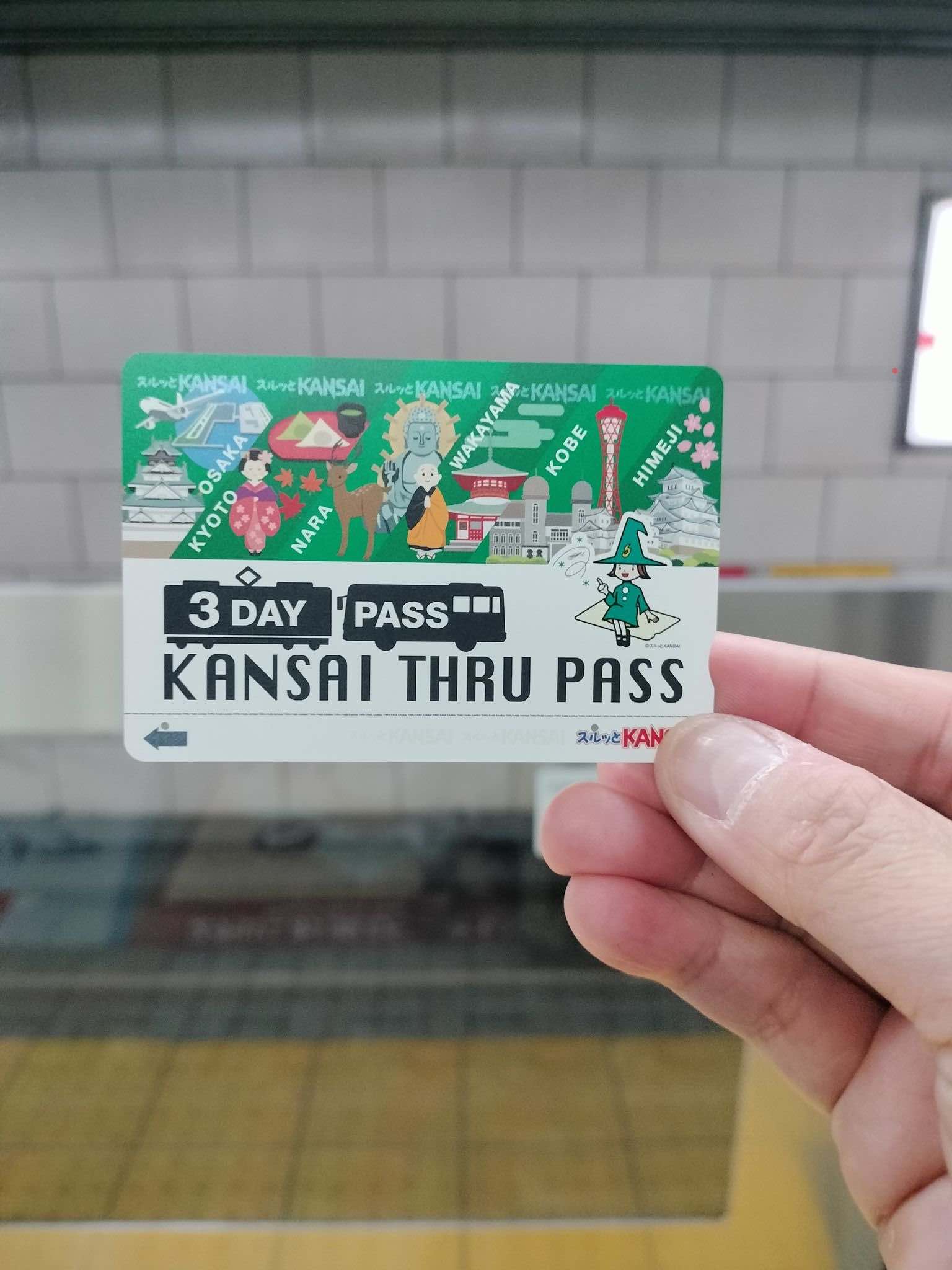
Adding to the confusion, each of the private railways has also introduced individual passes for their own lines. So you will also encounter passes like the Hankyu Pass for the Hankyu railways, Kintetsu Pass for the Kintetsu trains, and so on. How beneficial these individual passes will be would depend largely on the specific places you want to visit.
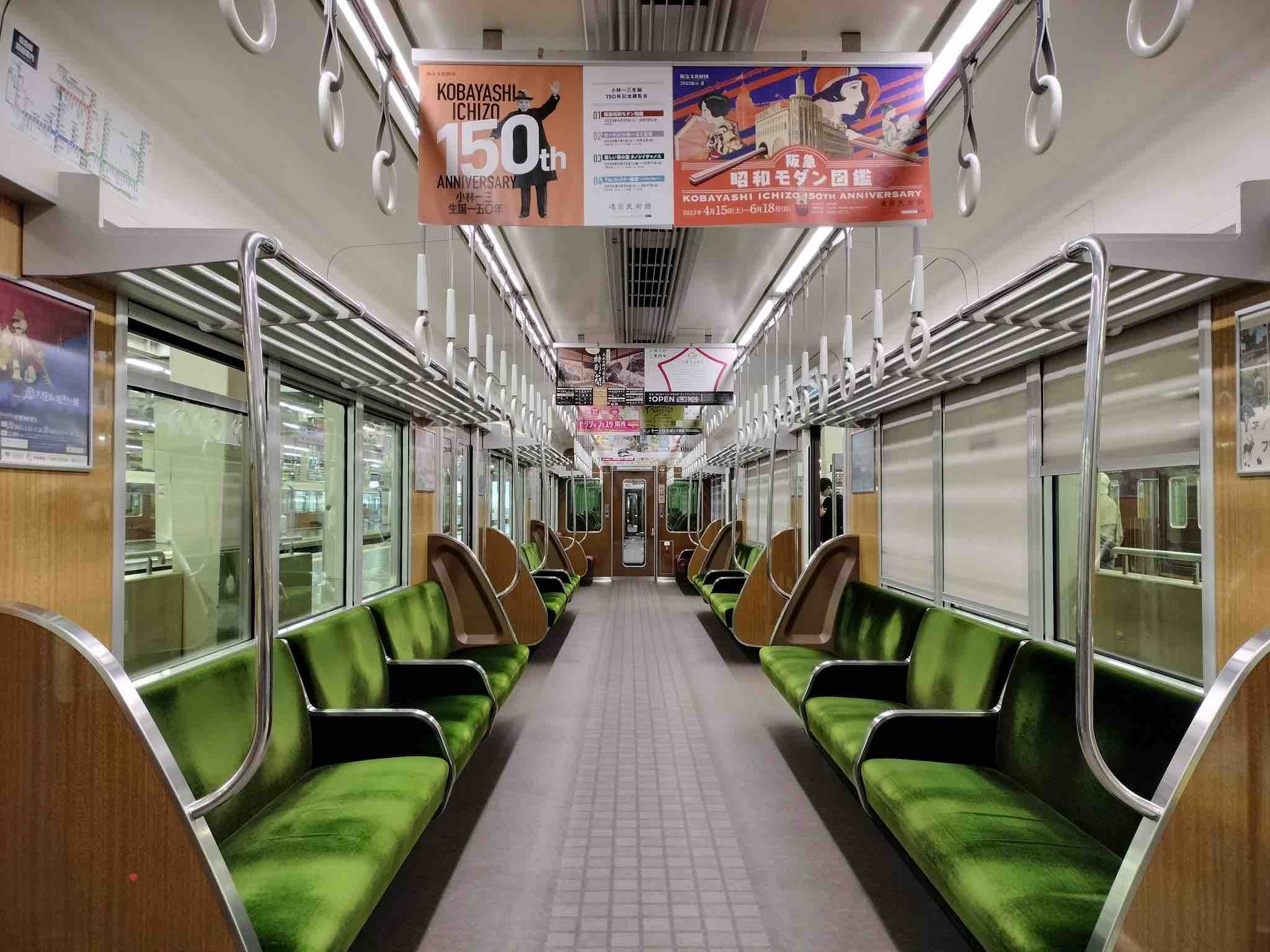
One of the best passes to consider when going to Kansai, especially if this is your first time to do so, would be the Osaka Amazing Pass. This pass is likely the best pass if, like me, you enjoy scoring bargains.
The Osaka Amazing Pass costs just 3,600 yen (P1,479) for two days, and enables one to not only travel in Osaka using buses and trains, but also comes with a multitude of freebies. The pass includes free admission to over 50 sights in Osaka. When maximized, you can consume up to two or three times the cost of the actual pass.
If you are one energetic bunny, you can go up the Umeda building viewing deck, go on a river cruise, ride a ferris wheel, and enter the castle museum and gardens all in a day and you would have already recouped the cost of the pass.
The savings can be enormous, especially considering that transport within the Osaka metropolitan area is included for free with the pass. Take note, though, that the Osaka Amazing Pass is valid only in Osaka, and so getting into Kyoto, Kobe, and Nara is not possible with this one.
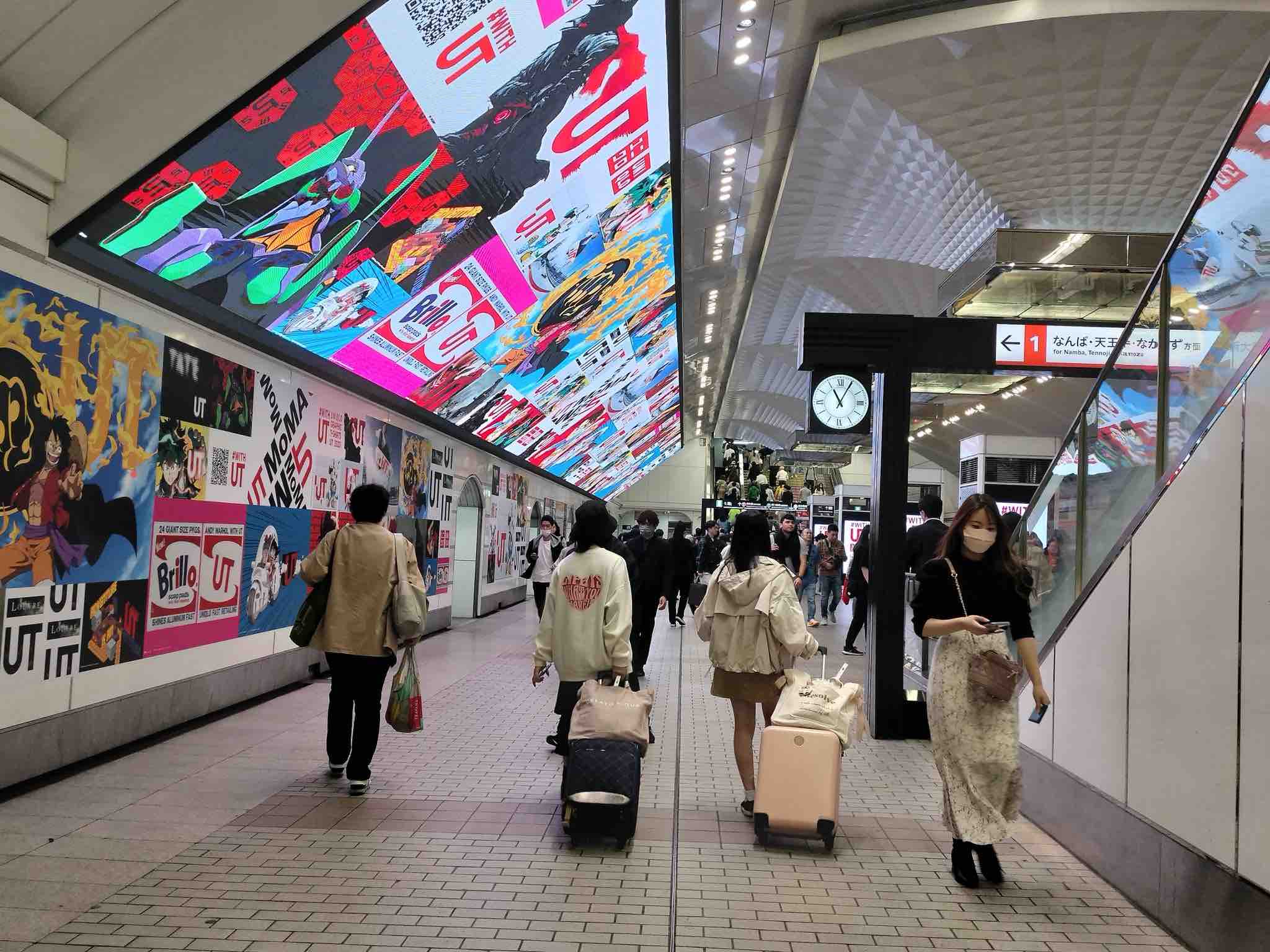
The most important thing when deciding which pass to buy in Kansai is to see if it is worth getting one.
Once you organize your itinerary, compute the cost for each ride (you can make use of sites like HyperDia, which offers route search in Japan) and see if any of the passes will be suitable for you, while carefully considering additional expenses if you ride on a train that's not valid for the said pass.
Should you decide not to purchase a pass and just pay as you go, you may wish to purchase an ICOCA card, which is Kansai’s version of Manila’s Beep card. With an ICOCA card, you still pay for every trip that you make, and its main convenience is you don’t have to purchase tickets every single time you ride.
Each itinerary is different so there is really no hard and fast rule as to which pass will be the best for you. This is a question that eventually you'll have to answer on your own.
Almost all, if not all of the Kansai passes can be bought inside Japan in major railway hubs, online, and at select travel agencies in Metro Manila. I bought my Kansai Thru Pass inside the Kyoto station bus terminal for 5,600 yen (P2,300), and it was painless and easy and I got the pass on the spot after queuing.
For more information on Kansai and its tourist attractions, you may visit www.japan.travel/en/ph and search for Kansai.


